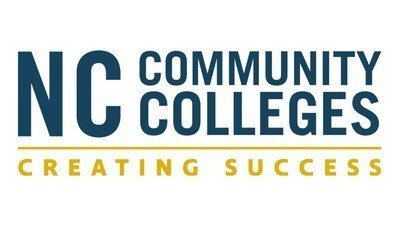MONTCLAIR, N.J., Dec. 12, 2024 /PRNewswire-PRWeb/ — Violet PR, a top New Jersey-based public relations agency specializing in economic development, has been selected to represent the North Carolina Community College System’s (NCCCS) Economic Development Division. The agency will execute a national public relations campaign to raise awareness of the NCCCS’ workforce development programs in the areas of customized training, apprenticeship, small business development and more.
Specifically, the Violet PR team will highlight the role NCCCS’ workforce development initiatives play in helping businesses choose to locate and expand in North Carolina.
“The North Carolina Community College System has long been a critical asset to our state’s economic growth and workforce development. This national campaign will help highlight the vital work that we do in collaboration with local businesses and colleges to develop a highly skilled, adaptable workforce that drives our economy forward,” said John Loyack, the vice president of economic development for the North Carolina Community College System.
With a strong understanding of the nation’s economic and workforce development climate, NCCCS sought out the agency to ensure that the most-desired business decision makers would be reached through their public relations campaign.
“We’re thrilled to partner with the North Carolina Community System and raise further awareness about its workforce development programs that have become key to the state’s economic development success,” said April Mason, the president of Violet PR. “NCCCS has quietly been one of the nation’s top workforce development engines for nearly 50 years, and our team looks forward to amplifying awareness of its impact on the country’s transitioning workforce demands.”
One component of the NCCCS workforce development work worthy of national and international attention is the NCEdge customized training program. Nearly 30,000 North Carolinians received training through this program in the past year alone. The program has been emulated by many other states, but often goes unnoticed by decision makers in the state.
According to Betty Silver, the associate vice president of the NCEdge program, “At NCEdge, we understand that workforce development is the backbone of economic growth. Through our customized training programs, in collaboration with our community colleges and businesses across North Carolina, we are preparing individuals to not only meet the current needs of industry but to thrive in the future economy. Partnering with Violet PR gives us a powerful platform to share the success and impact of these initiatives, and we’re excited to showcase how NCEdge continues to fuel North Carolina’s workforce and economic progress.”
In addition to the North Carolina Community College System, Violet PR represents the Economic Development Partnership of North Carolina, the states of Georgia, New Jersey and Oklahoma; the metros of Buffalo, New York; Kansas City, Missouri; Lehigh Valley, Pennsylvania; Newark, New Jersey; Pittsburgh, Pennsylvania; and Topeka, Kansas.
About Violet PR
Whether it’s rebranding a city, drawing attention to a revitalized neighborhood, or promoting a new sustainable development, Violet PR helps clients make a difference. Through a combination of news stories, social media and compelling content, our New Jersey-based boutique public relations firm helps clients attract more dollars and supporters. For more information visit http://www.violetpr.com.
About the North Carolina Community College System (NCCCS)
The North Carolina Community College System is a network of 58 community colleges created to improve the quality of life across North Carolina by opening the door to opportunities that minimize barriers to post-secondary education, maximize student success, and develop a globally and multi-culturally competent workforce. The Economic Development team provides education, training, and support services for new, expanding, and existing business and industry in all 100 North Carolina counties through the network of 58 community colleges. Learn more at http://www.nccommunitycolleges.edu/businesses.


